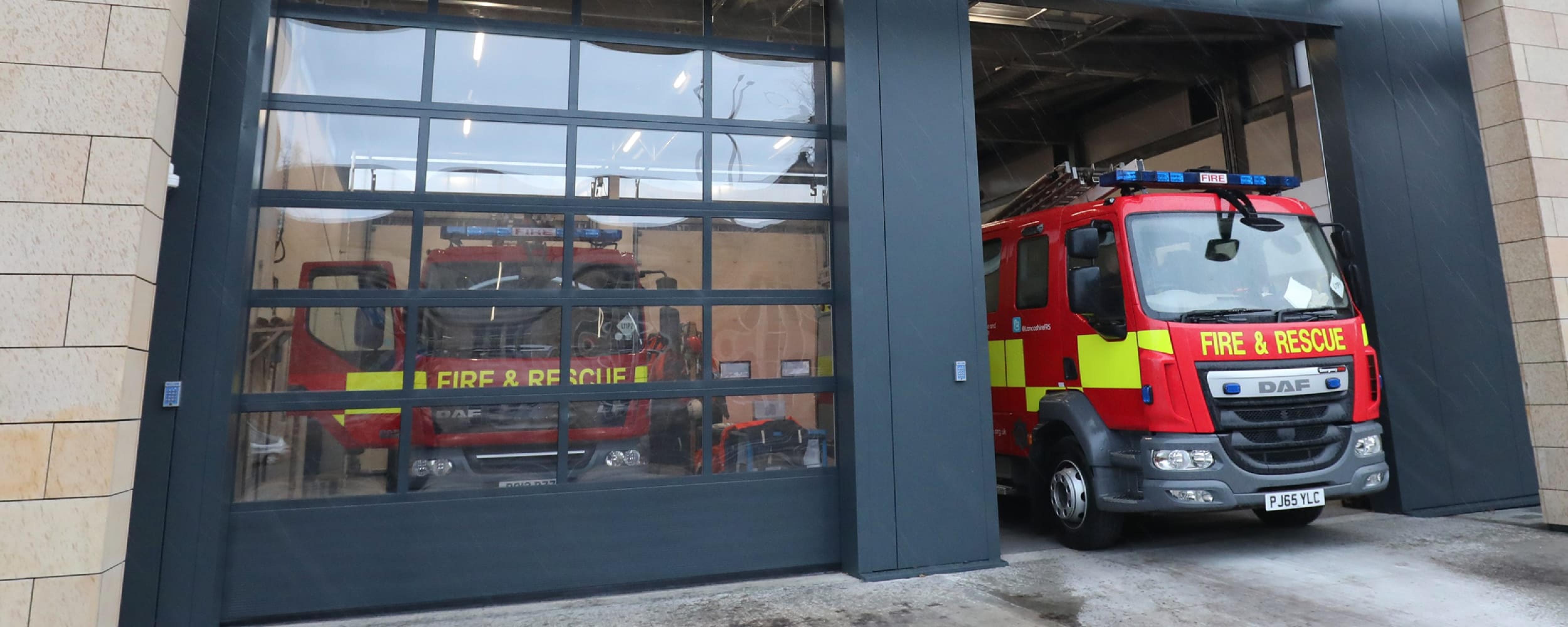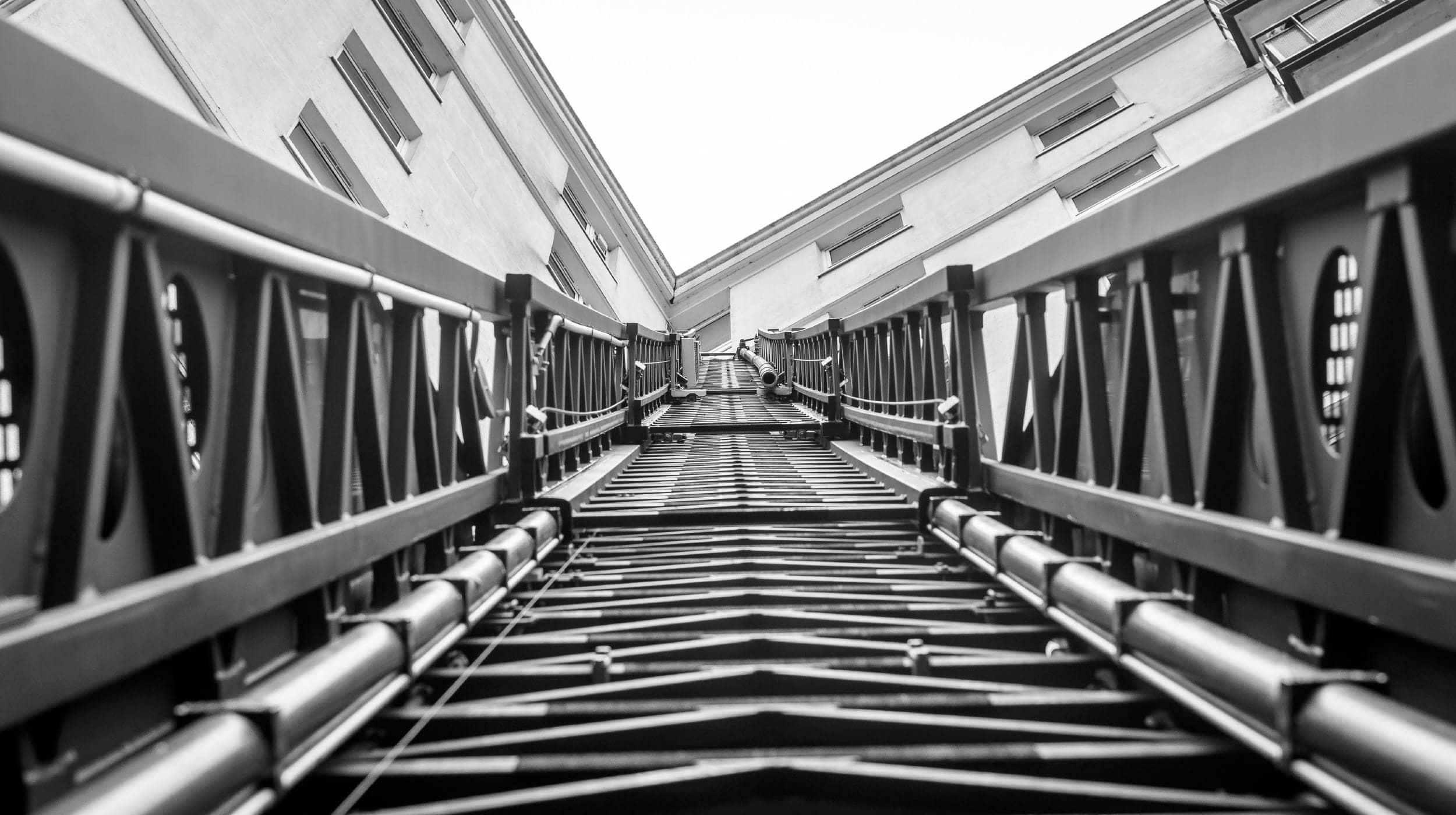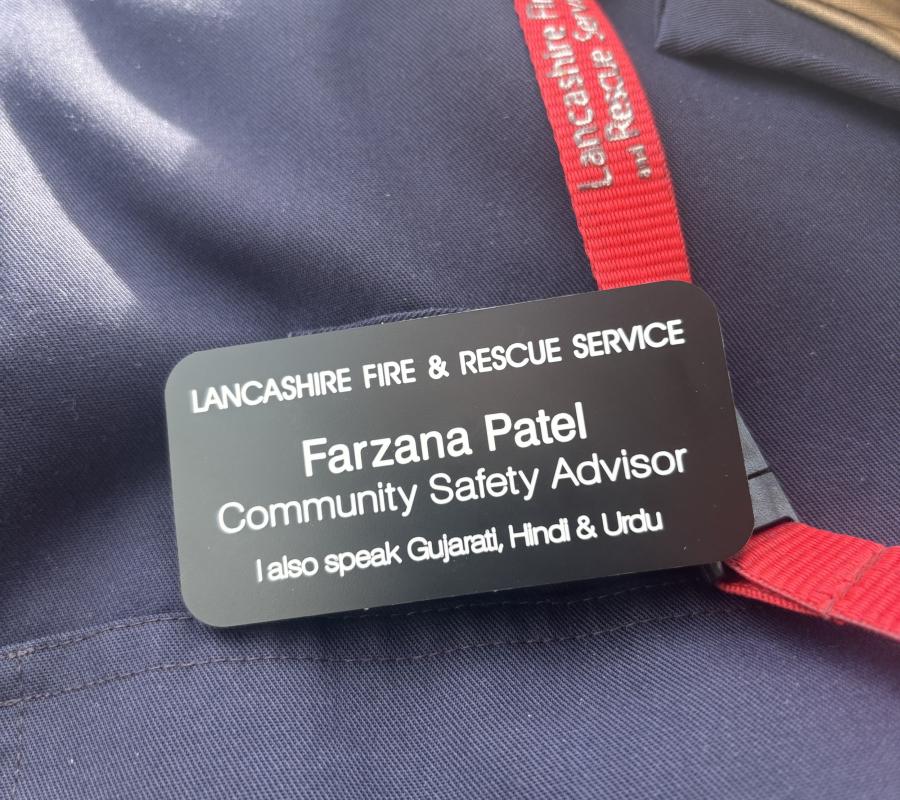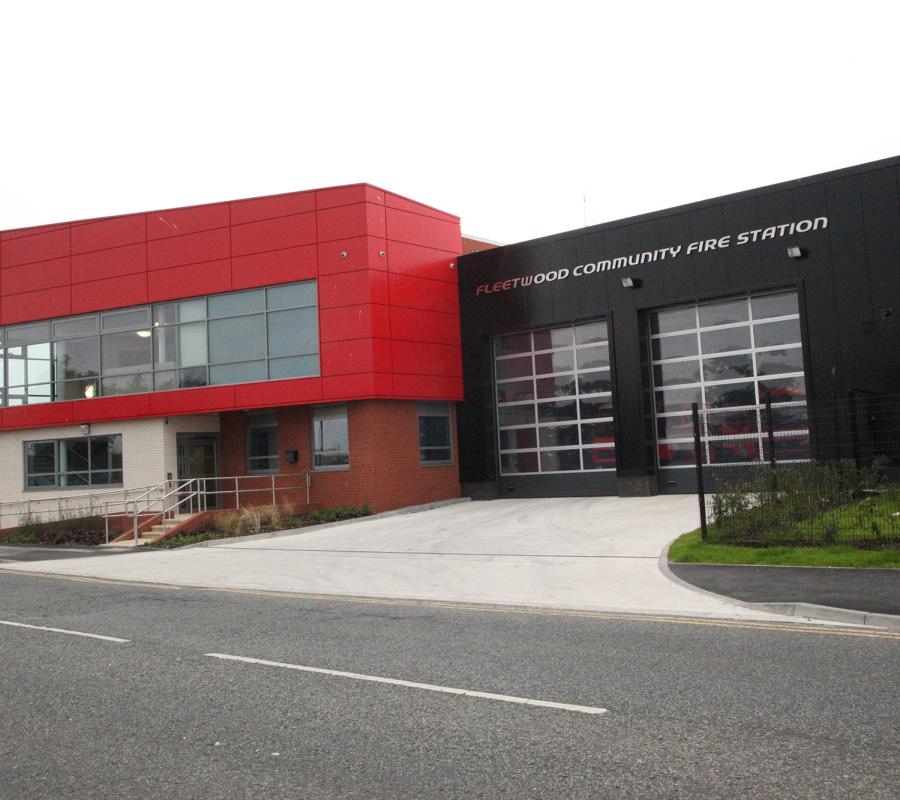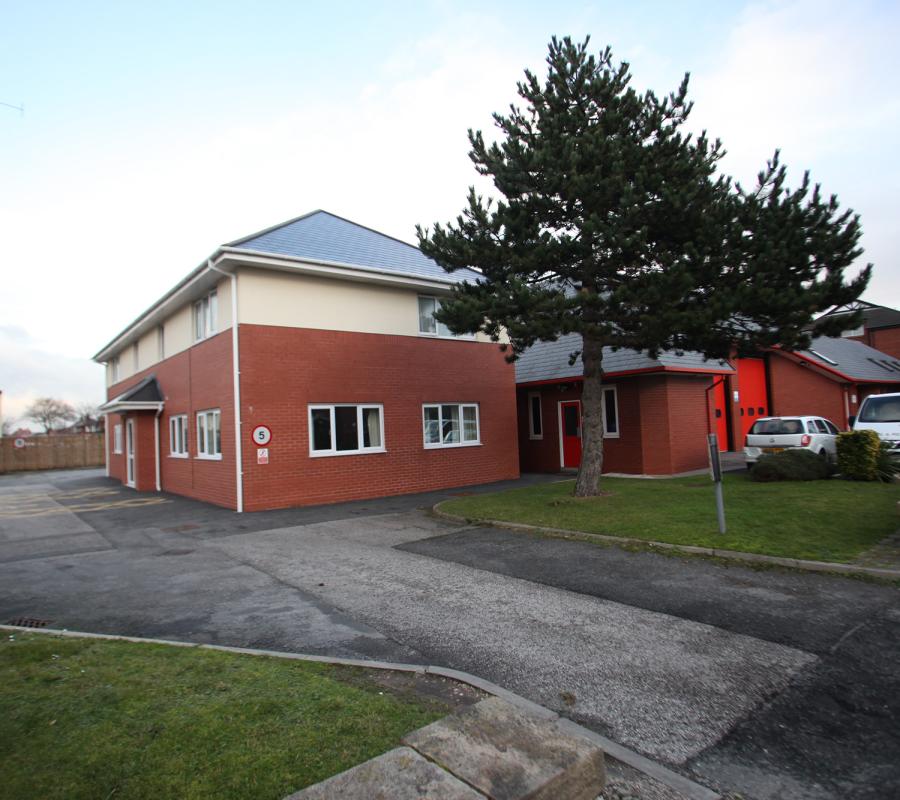LFRS has to balance benefits against risk and continuing to send fire engines on an emergency call just because an alarm is sounding is not sustainable because unwanted fire signals:
Divert essential resources from genuine emergencies –our appliances must be available to save life.
Create avoidable road risk to both our crews and public whilst responding on blue lights.
Disrupt Community & Business Safety activities, increasing risk elsewhere.
Disrupt operational training, reducing the effectiveness of our teams.
Create avoidable environmental impact.
Drain public finances and resources.
Disempowers businesses from managing their own fire safety.
Diverts Fire Safety Inspectors, who follow up UWFS calls, away from inspecting high-risk premises.
Creates disruption for businesses employing On-Call Firefighters.
Ties up call handling resources in Fire Control potentially slowing reaction to genuine emergencies.
False alarm signals can cause loss of production and general disruption of normal business activities.
Every time the fire alarm sounds, your staff must stop what they are doing and evacuate the building.
Continual false alarms may lead to complacency and a lack of confidence in the system by your personnel, affecting their willingness to take action when the alarm activates.
Investigating A Fire Alarm Signal
Being able to safely investigate the source of a sounding fire alarm is an important part of a building’s fire procedures. Knowing if an alarm is sounding due to a developing fire enables appropriate action to be taken immediately to keep people safe. If the cause is a false alarm however, investigating the source also enables the ‘all clear’ to be given minimising disruption. It also helps avoid the wider risk to the community which occurs when the Fire Service are asked to attend with valuable resources that may be needed elsewhere for a genuine emergency.
Find out more information
You can find out more information about how to reset your fire alarm by downloading our guide.

